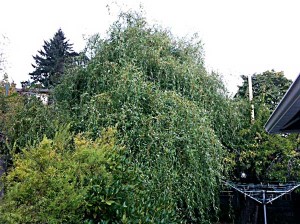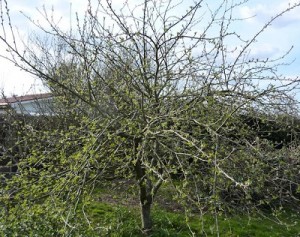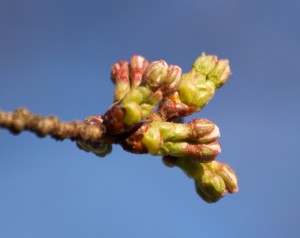Be sure to rake up all the fallen leaves and put them into the compost. If the leaves are left, they can encourage fungal growth, other diseases and insects.
 October is also a good time to get deciduous hedges and those big trees pruned before the winter gales.
October is also a good time to get deciduous hedges and those big trees pruned before the winter gales.
A tree may need pruning for a variety of reasons:
· to remove diseased or storm-damaged branches
· to thin the crown to permit new growth and better air circulation
· to reduce the height of a tree
· to remove obstructing lower branches
· to shape a tree for design purposes



